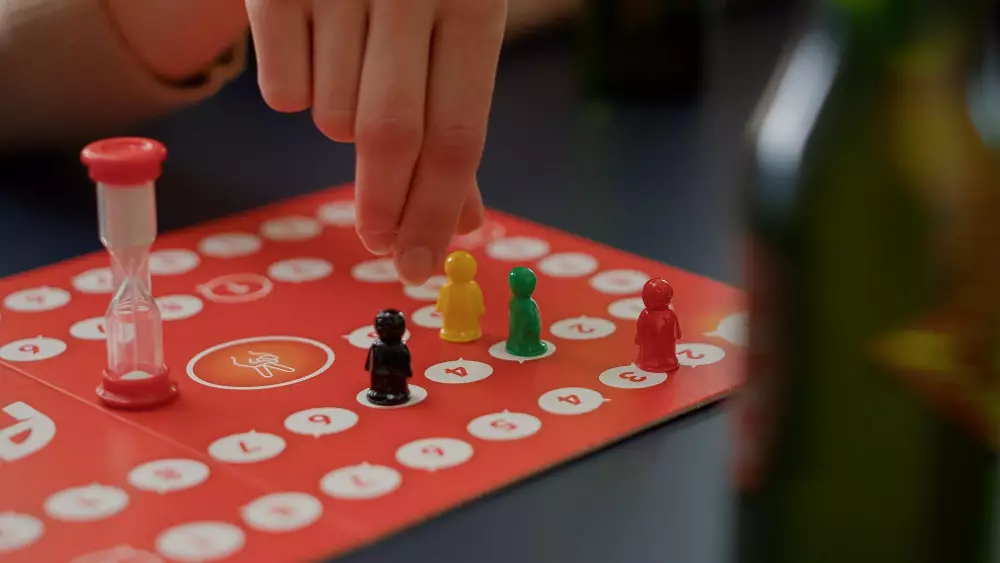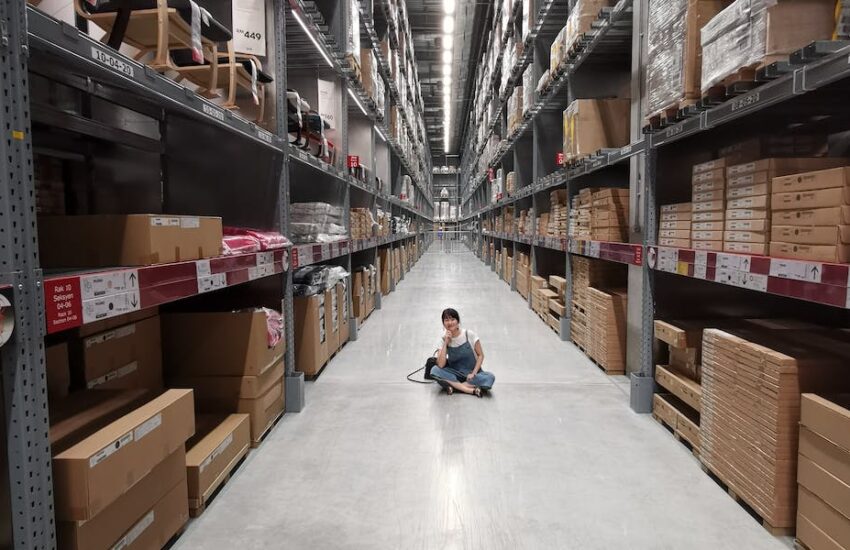The Purpose of Customized Board Game Components
Board games have evolved from basic materials like dice, tokens, and cardboard boards. Many board game publishers currently make their versions containing custom-made quality components.
Reasons for upgrading essential game pieces into customized ones is customization.
Firstly, customized pieces make the game more immersive regarding its theme and storyline. Generic tokens made with simple cardboard are disjointed from the detailed worlds shown on the game board. Swapping them out with miniature figures, which are highly detailed, sculpted resources and illustrated cards, helps pull players further into the storyline.
Upgraded components also enhance the attractiveness of a game in visual terms. Players are attracted to visually attractive things that stimulate their senses. Metallic coins feel more rewarding than cardboard chits when gaining resources. Weighted poker chips offer a pleasing tactile experience when stacked and handled. Those that can be collected are attractive to players who love beautiful possessions. Such developments in appearance then make the game more interesting and enjoyable with each play.
Another primary purpose of luxury game pieces is to facilitate gameplay itself. While generic pieces like cubes and discs can seem abstract, personalized sculpted parts give form to resources, health points, experience points, etc. Specialized components such as molded plastic bins for holding resource tokens or engraved metallic coins used in marking victory points have an obvious function, allowing faster-paced play without questioning what an individual piece represents. Upgrades such as dice with sharper edges engraved on them make dice roll off the table because of their function.
In addition, gamers love game pieces as their tastes and customization can be expressed. Collectible metal coins or gems in plastic bags allow players to choose from different sets that represent them rather than using identical generic ones. Variety adds excitement and emotional value not provided by plain default components. Many people wish to have an exclusive or limited number of editions of pieces that they can brag about within gaming communities, allowing self-expression among peers.
Replaceable customised board game components make personalization easy. For example, metal coins with adhesive labels or small etched tokens allow players to put stickers indicating special gear or abilities during gameplay. Gamers can customize playable characters and items by rotating art inserts under translucent cards. Gamers derive pleasure from fine-tuning these pieces to reflect improvements relevant to an evolving storyline.
Luxury custom pieces enhance games as collectible centerpiece items. Intricate large format box designs, sculpted figures, metal coins, and art books increase games’ visible value as display pieces even before playing them. Even though essential components have play value, counterparts with artistic embellishments have intrinsic aesthetic value for collectors. Like an excellent chess set adorning a parlor, exclusive tabletop games become object art. Components quality and artistry boost a game’s longevity in collectibles.
Generally, personalizing game parts ensures that an individual can participate in, enjoy, and own parts of the game. They also help make players feel as if they are part of the game settings, facilitate the process, and provide room for expression through art while at the same time offering collectible and aesthetic value that everyday pieces cannot. So, when it comes to some pieces, they enhance enjoyment associated with interactive artworks created by the best designers who produce board games.
Summary
Personalized game elements are worth having for ardent hobbyists due to significant enhancements made.




